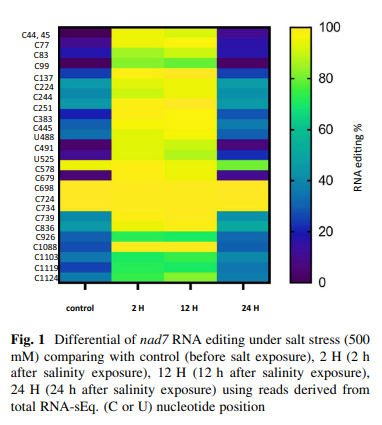Motion history of skeletal volumes for human action recognition
Human action recognition is an important area of research in computer vision. Its applications include surveillance systems, patient monitoring, human-computer interaction, just to name a few. Numerous techniques have been developed to solve this problem in 2D and 3D spaces. However most of the existing techniques are view-dependent. In this paper we propose a novel view-independent action recognition algorithm based on the motion history of skeletons in 3D. First, we compute a skeleton for each volume and a motion history for each action. Then, alignment is performed using cylindrical coordinates- based Fourier transform to form a feature vector. A dimension reduction step is subsequently applied using Principle Component Analysis and action classification is carried out by using Euclidian distance, Mahalonobis distance, and Linear Discernment analysis. The proposed algorithm is evaluated on the benchmark IXMAS and i3DPost datasets where the proposed motion history of skeletons is compared against the traditional motion history of volumes. Obtained results demonstrate that skeleton representations improve the recognition accuracy and can be used to recognize human actions independent of view point and scale. © 2012 Springer-Verlag.



